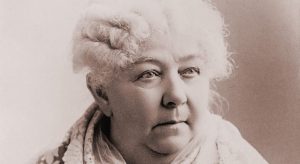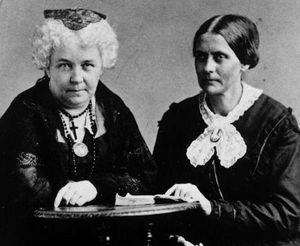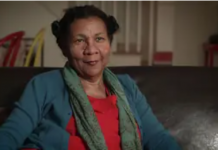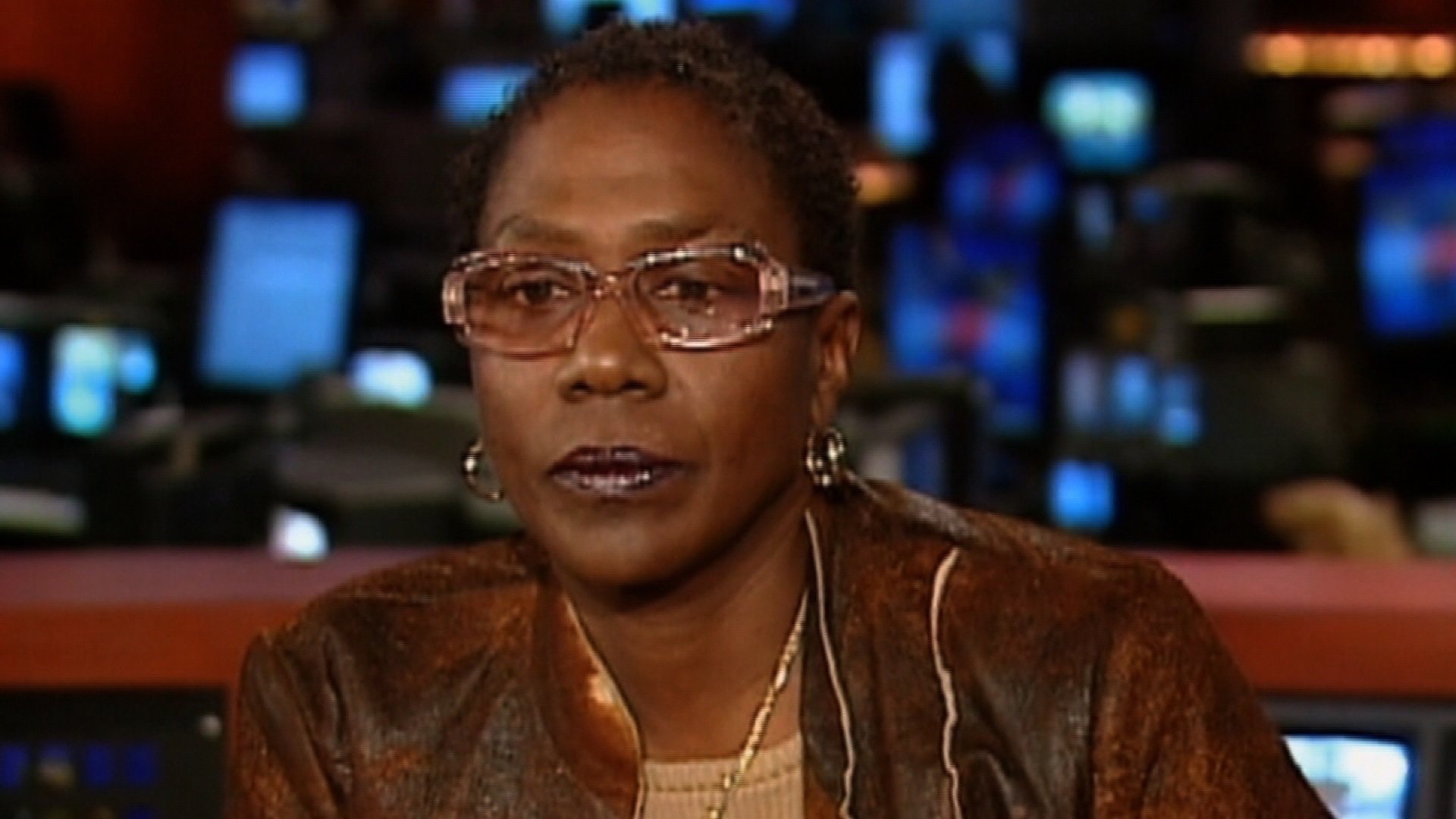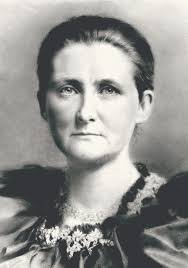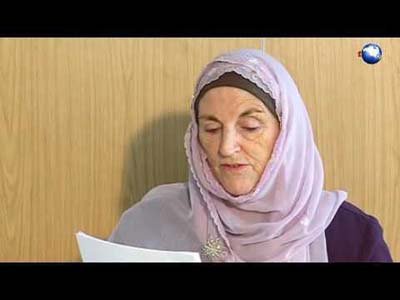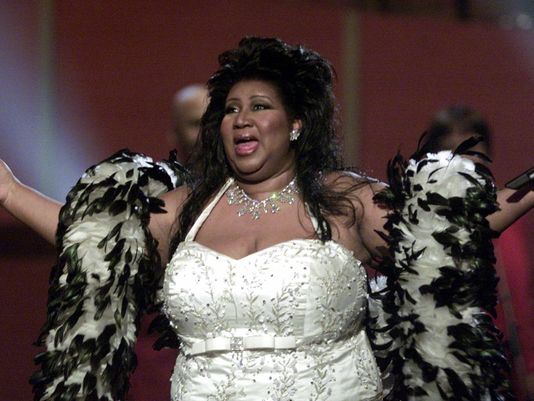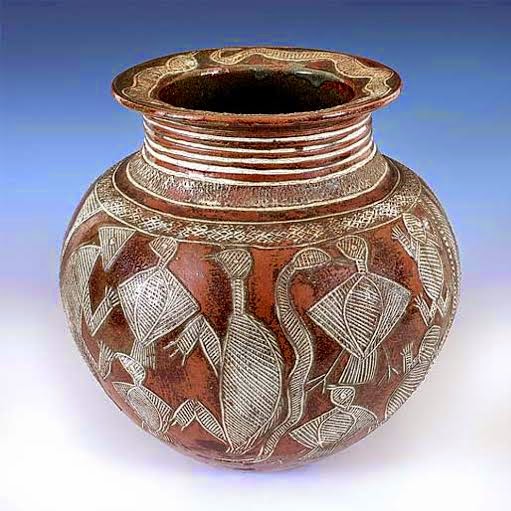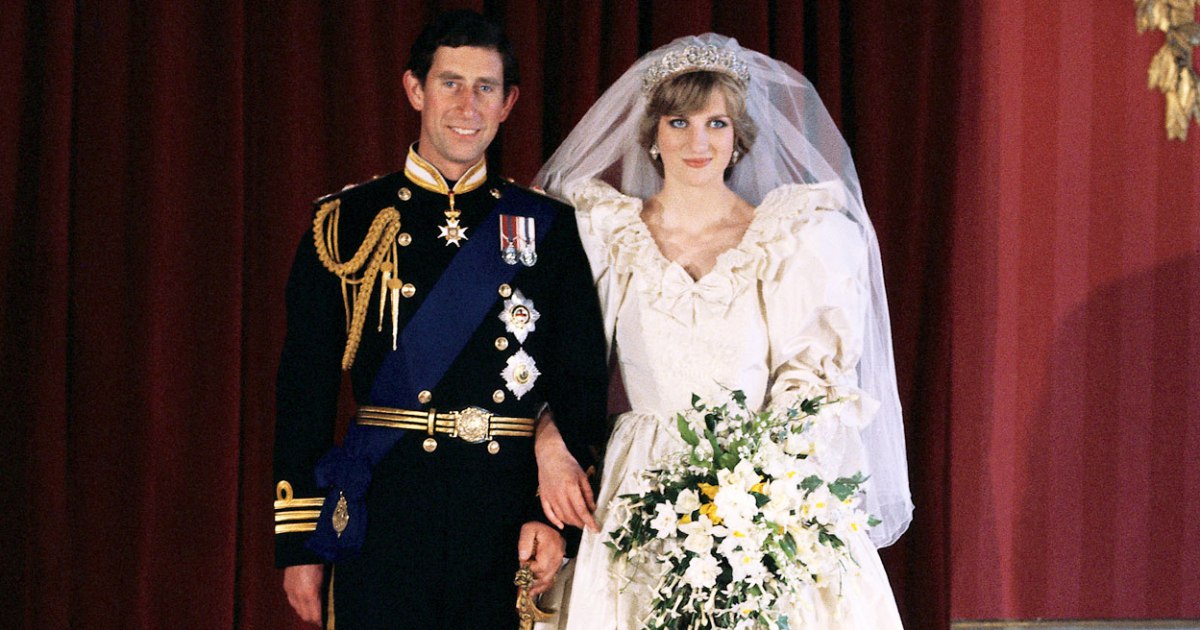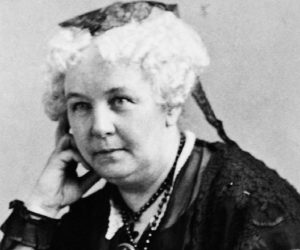
‘We hold these truths to be self-evident: that all men and women are created equal’.
Born on November 12, 1815, in Johnstown, New York city to the family of a lawyer who made no secret of his preference for another son; she showed her desire to excel in intellectual and other “male” spheres early in life.
Unlike many women of her era, Stanton was formally educated. She graduated from the Emma Willard’s Troy Female Seminary in 1832 and attended Johnstown Academy in her home town until the age of 16. The only girl in its advanced classes in mathematics and languages, she won second prize in the school’s Greek competition and became a skilled debater. She enjoyed her years, at the school and said that she did not encounter any barriers there because of her sex. She then was drawn to the abolitionist, temperance, and women’s rights movements through visits to the home of her cousin, the reformer Gerrit Smith.
As a young woman, Elizabeth Cady met Henry Brewster Stanton through her early involvement in the temperance and the abolition movements. Henry Stanton was an acquaintance of Elizabeth Cady’s cousin, Gerrit Smith, an abolitionist and member of the “Secret Six” that supported John Brown’s raid at Harpers Ferry, West Virginia. In 1840 Elizabeth Cady Stanton married Henry Brewster Stanton; and allegedly refused to say the word ‘obey’ while taking the marital vows.
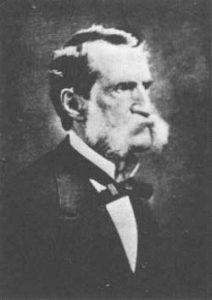
The couple had six children between 1842 and 1856. Their seventh and last child, Robert, was an unplanned baby born in 1859 when Elizabeth Cady Stanton was forty-four. Soon after returning to the United States from their European honeymoon, the Stanton’s moved into the Cady household in Johnstown. Henry Stanton studied law under his father-in-law until 1843, when the Stanton’s moved to (Chelsea) Boston, Massachusetts, where Henry joined a law firm.
In Boston, Elizabeth enjoyed the social, political, and intellectual stimulation that came with a constant round of abolitionist gatherings and meetings. She enjoyed the company of and was influenced by such people as Frederick Douglass, William Lloyd Garrison, Louisa May Alcott, Ralph Waldo Emerson among others.
With Lucretia Mott and several other women, Elizabeth Cady Stanton held the famous Seneca Falls Convention in July 1848. At the meeting, the attendees drew up its “Declaration of Sentiments” and took the lead in proposing that women be granted the right to vote. She continued to write and lecture on women’s rights and other reforms of the day. After meeting Susan B Anthony in the early 1850s, she became one of the leaders in promoting women’s rights in general (such as divorce and alimony) and the right to vote in particular.
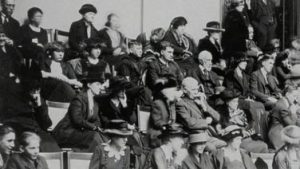
During the Civil War, Elizabeth Cady Stanton concentrated her efforts on abolishing slavery and afterwards became even more outspoken in promoting women suffrage.
In 1868, she worked with Susan B. Anthony on the ‘Revolution’, a militant weekly paper. The two then formed the National Woman Suffrage Association (NWSA) in 1869.
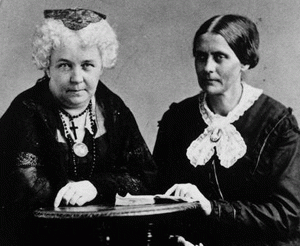
Stanton was NWSA’s first president – a position she held until 1890. At that time the organization merged with another suffrage group to form the National American Woman Suffrage Association. Stanton served as the president of the new organization for two years.
As part of her work on behalf of women’s rights, Elizabeth Cady Stanton often traveled to give lectures and speeches. She called for an amendment to the U.S. Constitution giving women the right to vote. Stanton also worked with Anthony on the first three volumes of the History of Woman Suffrage (1881–6). Matilda Joslyn Gage also worked with the pair on parts of the project.
Besides chronicling the history of the suffrage movement, Elizabeth Cady Stanton took on the role religion played in the struggle for equal rights for women. She had long argued that the Bible and organized religion played in denying women their full rights. With her daughter, Harriet Stanton Blatch, she published a critique, The Woman’s Bible, which was published in two volumes.
The first volume appeared in 1895 and the second in 1898. This brought considerable protest not only from expected religious quarters but from many in the woman suffrage movement.
Although Elizabeth Cady Stanton had been unable to attend a formal college or university, her daughters did. Margaret Livingston Stanton Lawrence attended Vassar College (1876) and Columbia University (1891), and Harriot Stanton Blatch received both her undergraduate and graduate degrees from Vassar College in 1878 and 1891 respectively.
Stanton died of heart failure at her home in New York City on October 26, 1902, 18 years before women were granted the right to vote in the United States. She was interred in Woodlawn Cemetery in The Bronx, New York City, and the grave upon which there is a monument for her and her husband.
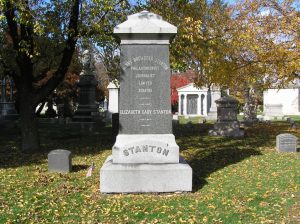
Anthony continued to work with NAWSA and became more familiar to many of the younger members of the movement and in 1923 while celebrating the 75th anniversary of the Seneca Falls Convention, only Harriot Stanton Blatch paid tribute to the role her mother had played in instigating the women’s rights movement.
As late as 1977, Anthony received the most attention as the founder of the movement, while Stanton was not mentioned.
But over time, however, Stanton received the recognition she deserved as the founder of the National Woman Suffrage Association (NWSA).
